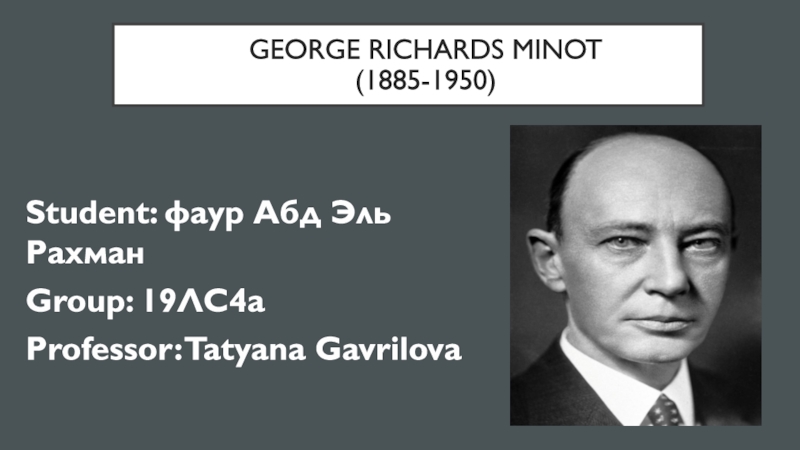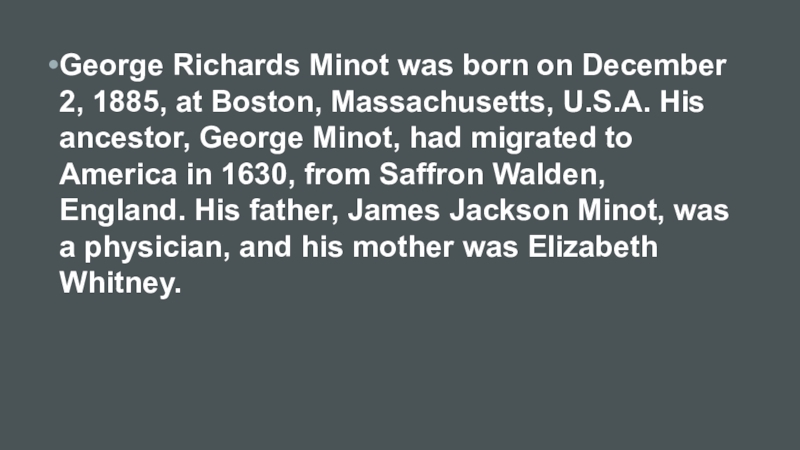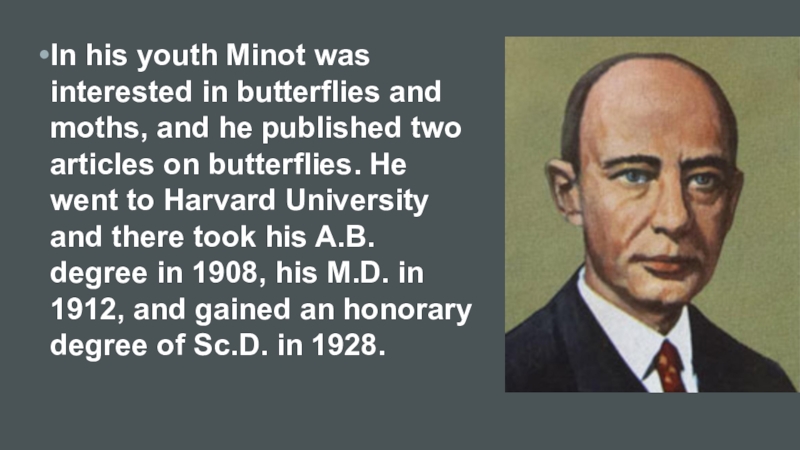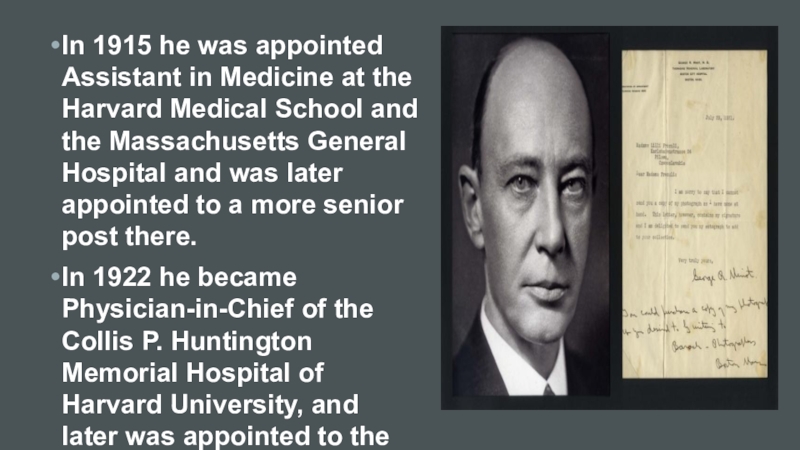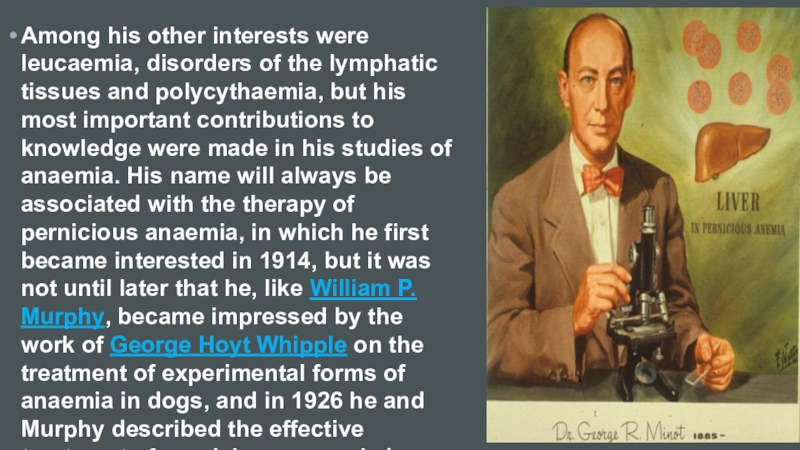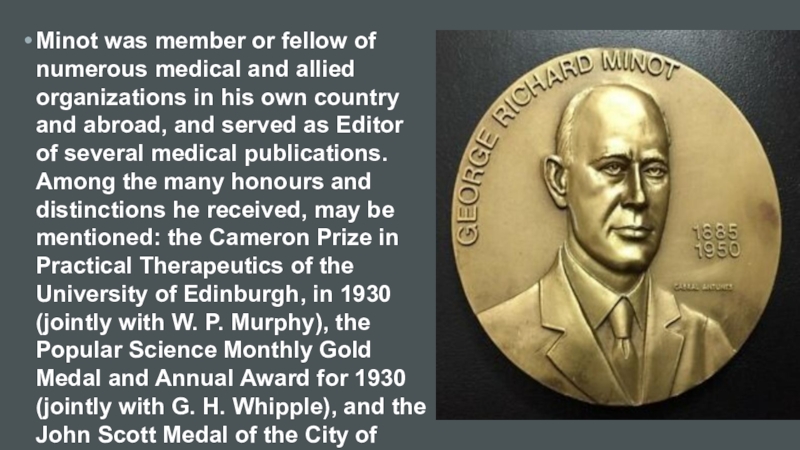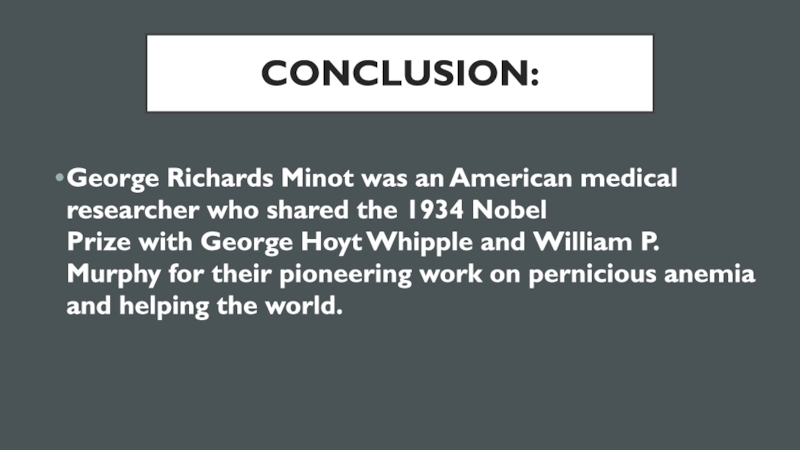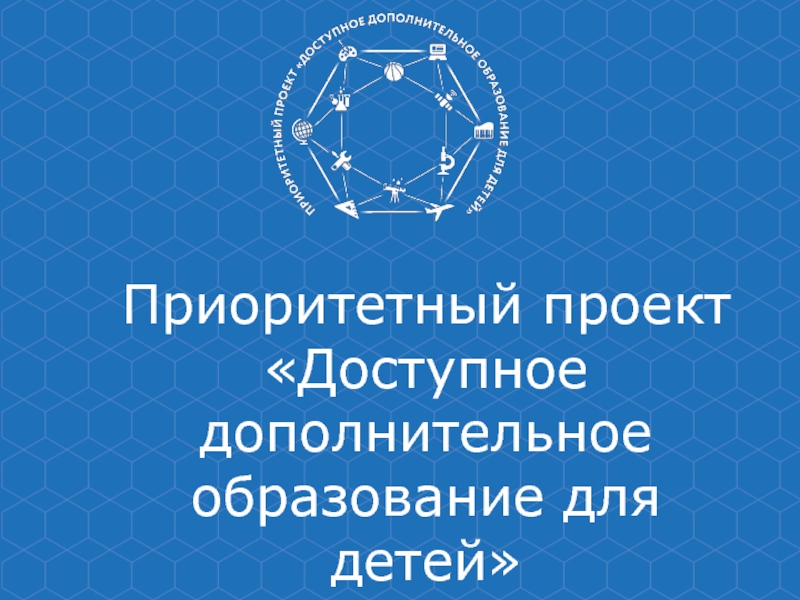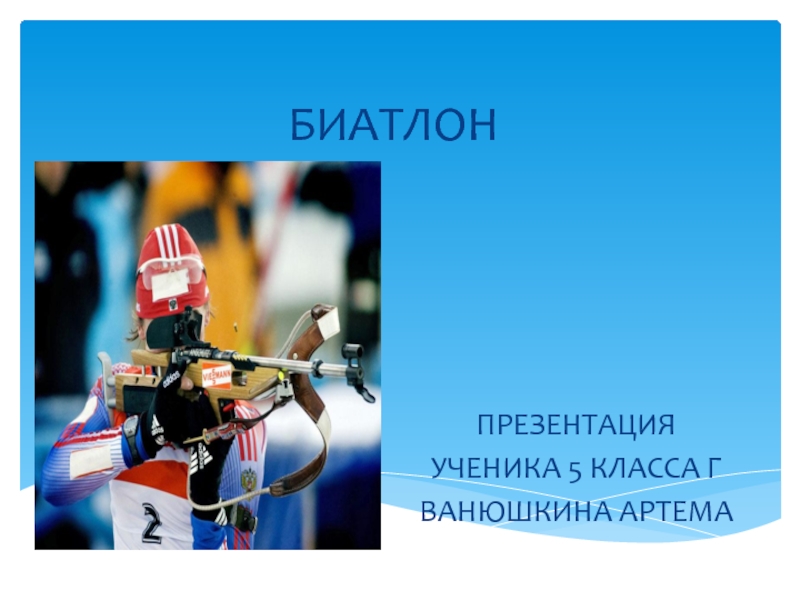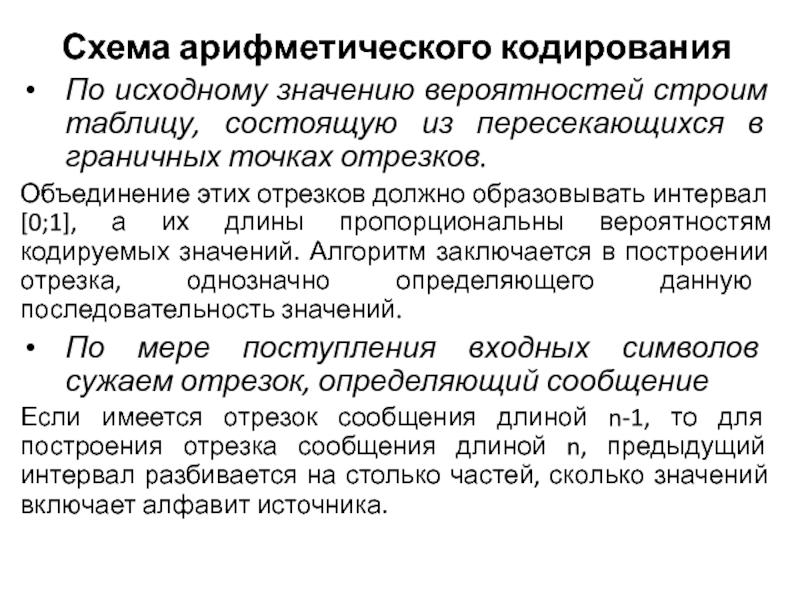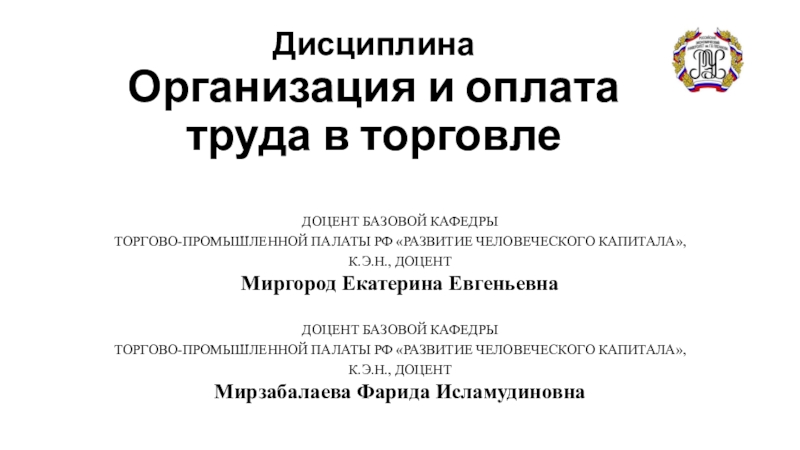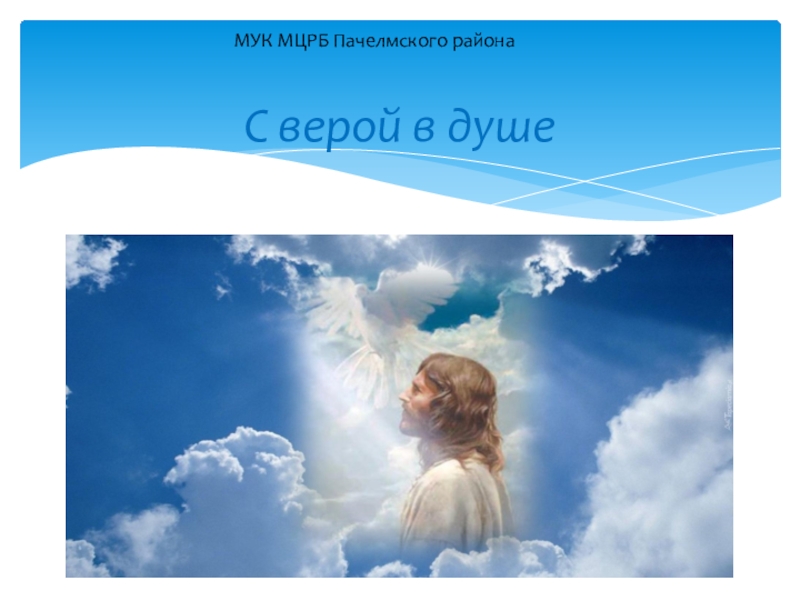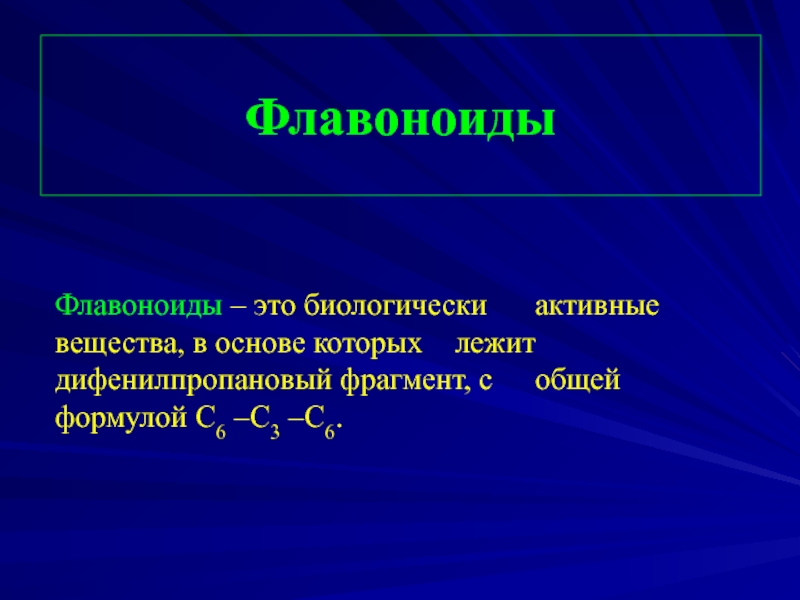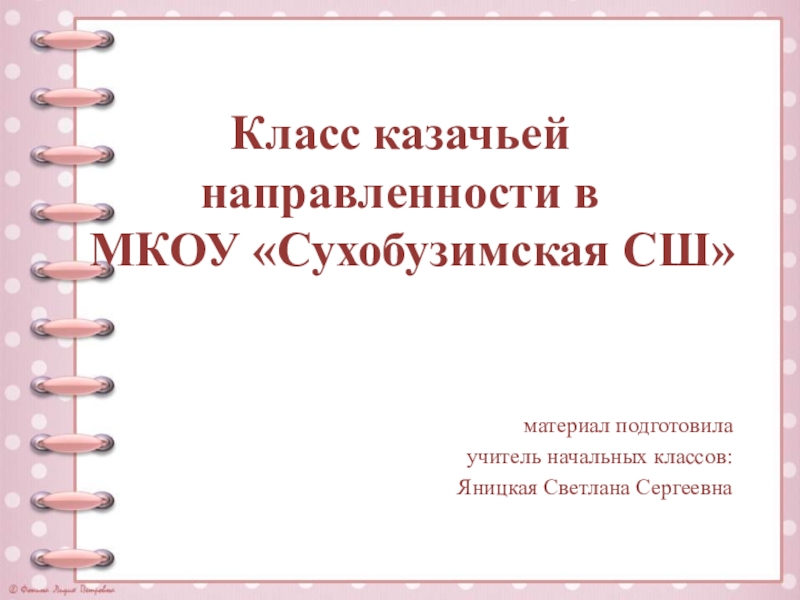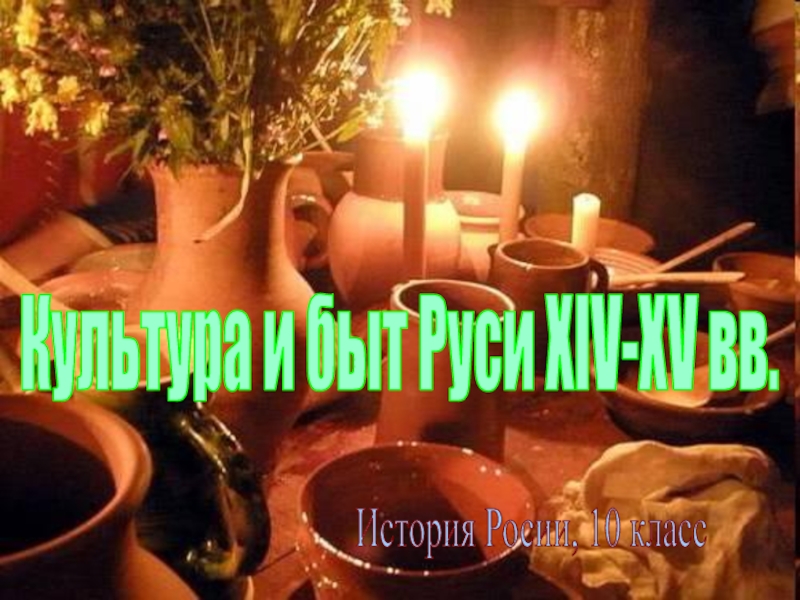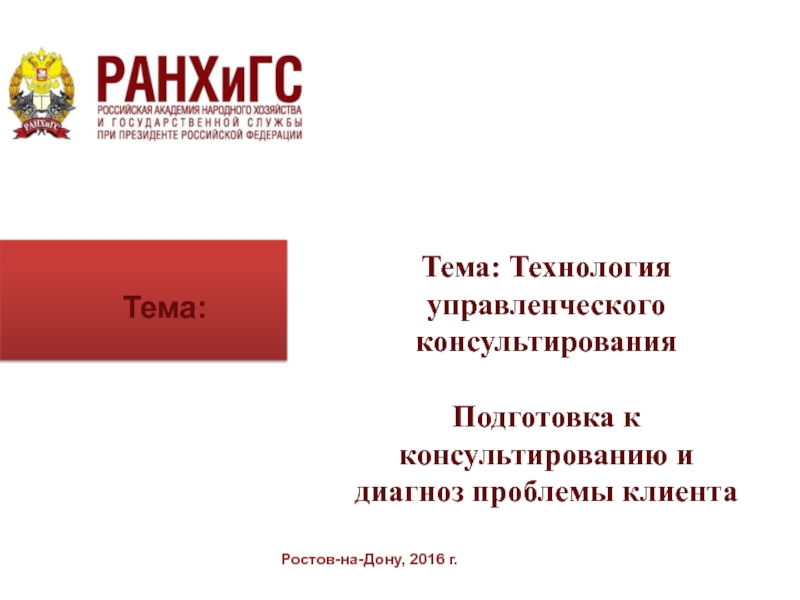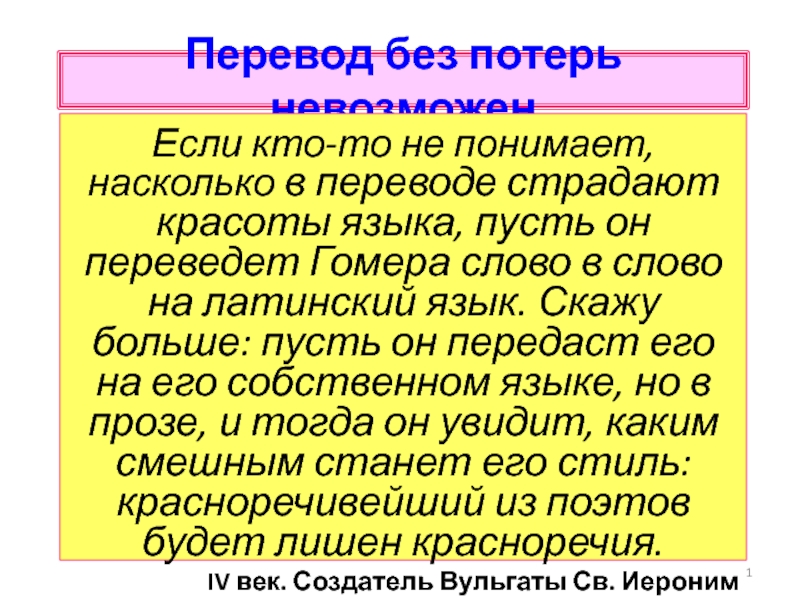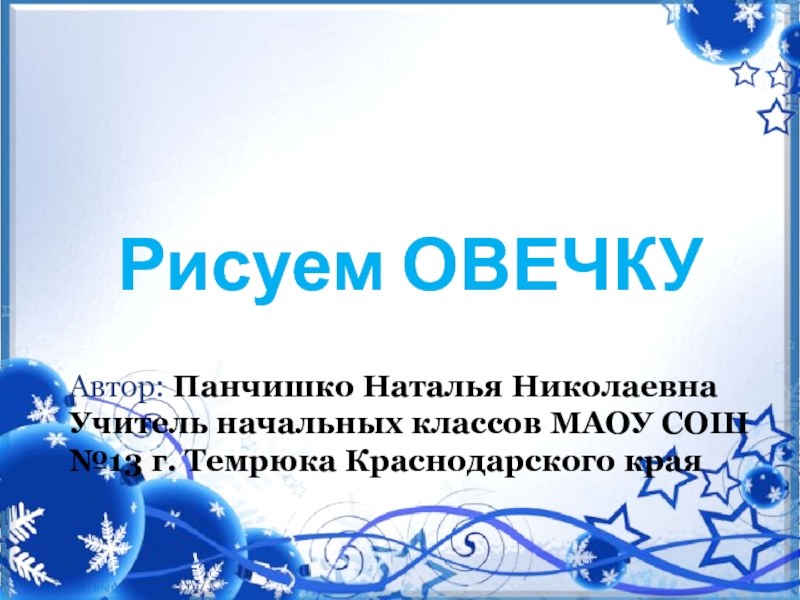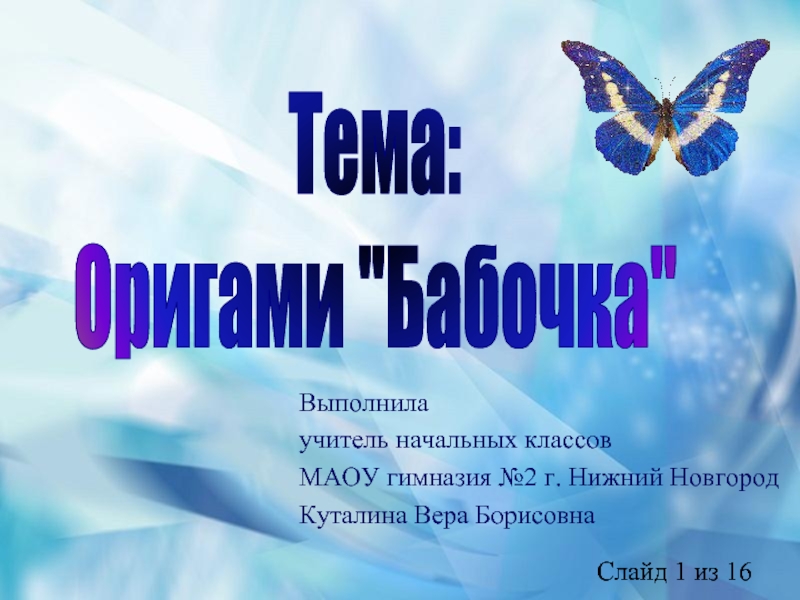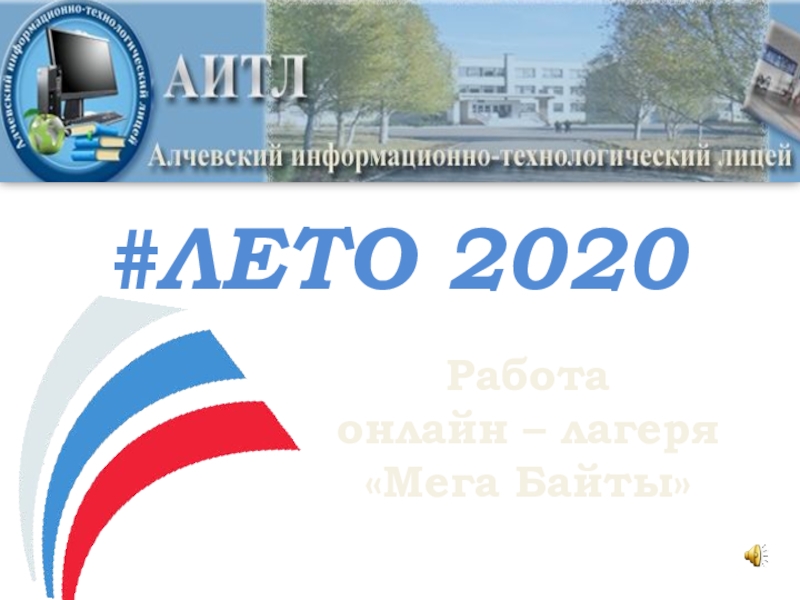Разделы презентаций
- Разное
- Английский язык
- Астрономия
- Алгебра
- Биология
- География
- Геометрия
- Детские презентации
- Информатика
- История
- Литература
- Математика
- Медицина
- Менеджмент
- Музыка
- МХК
- Немецкий язык
- ОБЖ
- Обществознание
- Окружающий мир
- Педагогика
- Русский язык
- Технология
- Физика
- Философия
- Химия
- Шаблоны, картинки для презентаций
- Экология
- Экономика
- Юриспруденция
George Richards Minot (1885-1950)
Содержание
- 1. George Richards Minot (1885-1950)
- 2. George Richards Minot was born on December 2,
- 3. In his youth Minot was interested in
- 4. In 1915 he was appointed Assistant in
- 5. Minot early became, when he was a
- 6. Among his other interests were leucaemia, disorders
- 7. Minot was member or fellow of numerous
- 8. On June 29, 1915, Minot married Marian
- 9. Conclusion:George Richards Minot was an American medical researcher
- 10. Thank you!
- 11. Скачать презентанцию
George Richards Minot was born on December 2, 1885, at Boston, Massachusetts, U.S.A. His ancestor, George Minot, had migrated to America in 1630, from Saffron Walden, England. His father, James Jackson Minot,
Слайды и текст этой презентации
Слайд 1George Richards Minot
(1885-1950)
Student: фаур Абд Эль Рахман
Group: 19ЛС4а
Professor: Tatyana Gavrilova
Слайд 3In his youth Minot was interested in butterflies and moths,
and he published two articles on butterflies. He went to
Harvard University and there took his A.B. degree in 1908, his M.D. in 1912, and gained an honorary degree of Sc.D. in 1928.Слайд 4In 1915 he was appointed Assistant in Medicine at the
Harvard Medical School and the Massachusetts General Hospital and was
later appointed to a more senior post there.In 1922 he became Physician-in-Chief of the Collis P. Huntington Memorial Hospital of Harvard University, and later was appointed to the Staff of the Peter Bent Brigham Hospital.
